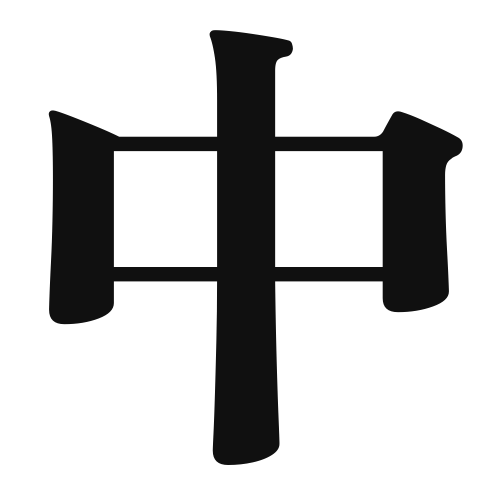1. Overview of Meaning
The kanji 中 (pronounced “naka” or “chuu”) primarily means “middle” or “inside.” It is used to indicate a central position or to describe something that is within a certain area.
2. Formation and Radicals
Formation of the Kanji: The kanji 中 is a pictogram that originally depicted a container with something inside it, symbolizing the concept of being in the middle or within.
Radical: The radical for 中 is also 中, which reinforces its meaning related to the center or middle.
3. Examples of Usage
Common Words and Phrases: Some frequently used words that include 中 are:
- 中学校 (chuu gakkou) – junior high school
- 中心 (chuu shin) – center
- 中間 (chuu kan) – middle, intermediate
Example Sentences in Daily Conversation:
- 私の家は駅の中にあります。 (Watashi no ie wa eki no naka ni arimasu.) – My house is located in the middle of the station.
- 会議は午後2時に中で始まります。 (Kaigi wa gogo 2-ji ni naka de hajimarimasu.) – The meeting will start in the middle of the afternoon at 2 PM.
4. Synonyms and Antonyms
Similar Kanji: A kanji with a similar meaning is 間 (kan), which means “between” or “interval.” While 中 refers to being in the middle, 間 emphasizes the space or gap between two points.
Antonyms: An antonym of 中 is 外 (soto), which means “outside.” This contrasts with the idea of being inside or in the middle.
5. Cultural and Historical Background
Relation to Japanese Culture: The concept of “middle” is significant in various aspects of Japanese culture, including philosophy and aesthetics, where balance and harmony are valued.
Proverbs and Idioms: One common expression is 中庸 (chuu you), which means “the doctrine of the mean” and refers to the idea of moderation and balance in life.
